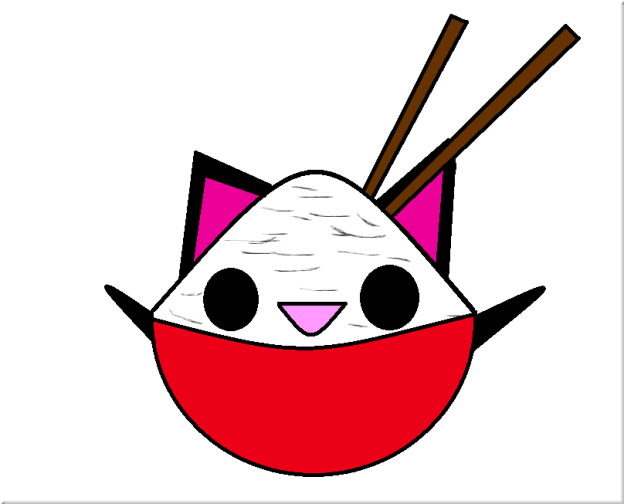Image from Crunchyroll.com
Cute and anime run in some pretty tight circles. Because anime comes from a culture that loves to cutify everything ,chances are the “Kawaii Desu” will find you sooner or later. Most often you’ll find it in Moe, an anime character type that’s more difficult to define than Schrodinger’s cat. For a simple, non-headache purpose, this post defines Moe as a character whose level of cute is so high, so saturated, that it elicits a protective instinct and intense attachment from the audience. When the Moe card is played, the animators want the audience to feel like the Big Brother/Big Sister to Character X, and will often go out of their way to endear them to the audience as much as possible.
At this point, Moe has become a staple of modern anime. But a part of the community finds this more troubling than amusing. Has the cuteness seeped into anime for too long? And what kind of effect would this have on the medium as a whole?
The discussion is real, with the question of “is Moe killing anime” being the center of it all. These days, it’s calmed down enough that finding hate-filled rants about Moe is a hard-pressed task (believe me, I tried). But you will find plenty of blogs that discuss the topic for pages on end. Moe detractors accuse the concept of being too oversaturated, to the point of withering creativity. Moe fans defend it as just another character type and argue that anime has been pandering to fans for years, be it giant robots or over-muscular martial artists. While not the definitive authority on the subject, I highly recommend checking out Akidearest’s video Is Moe Killing Anime where she and Gaijin Goombah give both sides of the argument.
When it comes to Moe, I’m a pretty stubborn fence-sitter. I can’t hate it, nor can I really love it, but I know two things for sure:
- Moe Is only one Slice of the Pie
Moe is only one character type,a certain look that generates feelings of affection and protection. You could easily find this in a supernatural anime, a psychological horror, and even shounen anime. Maybe it’s just one character, or maybe it’s most of the cast, but it doesn’t comprise the majority of the show. In short, it’s not the main course; it’s the side dish.
Take the likes of Azumanga Daioh for example. The show has a definite Moe “look” with its characters, but any fan could tell you the heart of the show comes from its slice of life comedy and overall awkward jokes. But if you took out the Moe, wouldn’t the show feel like it’s missing something?
Or you have the likes of Madoka Magica, who’s cute art is deceptive for a very different kind of atmosphere. This deconstruction of the Magical Girl genre would feel very lost if you took out the Moe look of it. The show wouldn’t have nearly as much punch as it’s supposed to, and people wouldn’t be raving about it as much as they do.
I cannot advocate the death of Moe because to do so would be to throw the baby out with the bathwater. It’s a complementary color in a vast, wide painting, and removing it would hurt the work as a whole. Shows that are Moe exclusive can be annoying, but I hardly mind a Moe character in an epic adventure, or a slice of life comedy.
2. There will always be other titles
As I mentioned in my Why I Love Weird Animes post, there is something for everyone in anime. The industry understands that its audience is wide and vast and making one exclusive type of show would be damn near suicidal. They will focus on what’s popular, as any business would, but there will always be a variety to choose from. After all, this year gave us Attack on Titan and Tokyo Ghoul alongside the Moe titles, so your dark, edgy anime isn’t going anywhere.
Besides, worst case scenario, you still have access to the non-Moe anime. The internet has done wonders and horrors to the anime community, but there’s no denying the access it’s provided for fans. Shows that were once buried in the bedrooms of college otaku are now readily available for dissemination. It’s easier than ever to find your niche in anime and binge until your eyeballs fall out. In short, if you really don’t like Moe, it is easier than ever before to go off and watch something else.
This, combined with the fact that Moe is so vague, so broad, so diffused into other genres, makes it impossible for me to swing Moe’s favor or critique. Its presence in anime is gaining momentum and making waves but it’s ultimately up to the fans how long it remains the favorite. It’s a strange little gem that isn’t killing the industry but it’s definitely resonating within it. I don’t believe Moe is killing the anime industry, but I do think it’s changing it. For better or worse, that’s up to the animators.
So hey, if you like what you see here feel free to comment below. Don’t forget to like and follow if you wanna see more, and feel free to check out my other posts.





